Numerical Modelling of Multiphase Multicomponent Flows: Application to Magma Dynamics
Please login to view abstract download link
The behavior of complex geophysical phenomena, including magma percolation, dyking, and magmatic differentiation; is extensively studied using mathematical models for multiphase, multicomponent transport [1]. Advancing our understanding of these phenomena is crucial for enhancing and expanding the capabilities of numerical and geophysical modeling for exploration, exploitation and monitoring strategies in fields essential to the energy transition (e.g. critical minerals and geothermal energy development). Accordingly, there is a growing interest in developing new mathematical models/techniques that accurately capture the physics governing these phenomena. This category of models includes equations describing the mechanical [2], thermal [3], and chemical [4] aspects of multiphase, multicomponent flows. While valuable information is obtained from studies focusing on these individual aspects, a more comprehensive and realistic understanding of these complex phenomena emerges when their interdependences and couplings are explicitly accounted for [3]. The integration of these components allows for more accurate simulations, providing a holistic representation of the physical processes governing geophysical flows and enhancing predictive capabilities across various applications. In this study, a set of equations is presented to model multiphase phenomena. Suitable rheologies are employed to link the deformations and stresses of each dynamic phase, namely the fluid and the solid (host rock) phase. A numerical solver is developed to discretize the equations and compute the unknowns associated with each dynamic phase. The capability and accuracy of the proposed approach are demonstrated through several examples, including benchmark problems.

